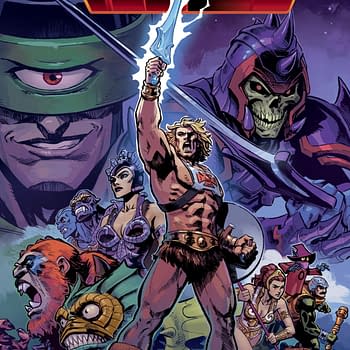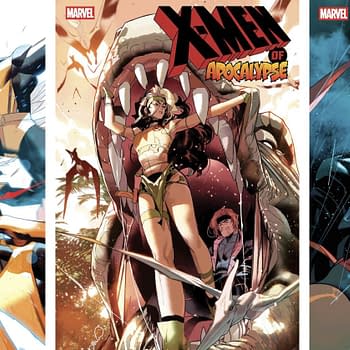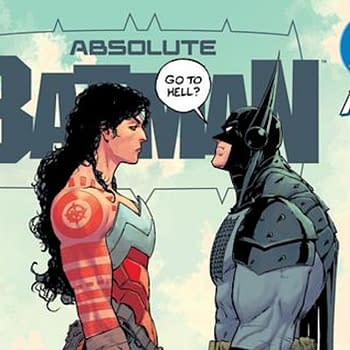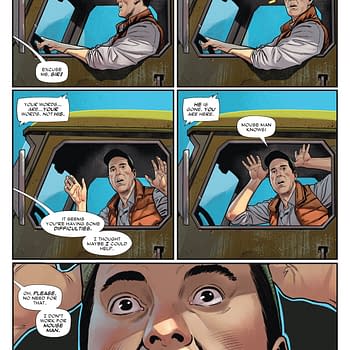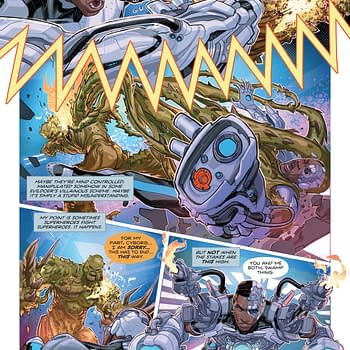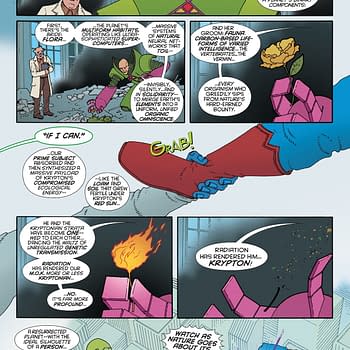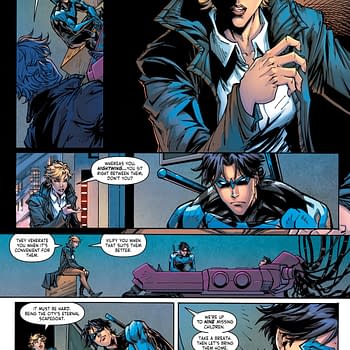Posted in: Comics | Tagged: Comics, dark horse, dc, diamond, direct market, marvel, valiant
The Heavy Cost Of Returnability?
The direct market of comic stores was set up on the non-returnability model. Rather than getting all manner of comics in a haphazard unreliable fashion from newsstand distribution, retailers could order exactly what they wanted of exactly which comics they wanted. And were then stuck with them, for a higher discount than the returnability option would cost them. And that's how comic shops work.
It was the launch of the DC New 52 that changed everything. Making every issue returnable by retailers, DC allowed them to order as many as they wanted, safe in the knowledge that if they didn't sell, they could get their money back – or at least most of it.
And it worked, retailers upped their orders, DC did a great PR job and the shops sold out – returns were minimal.
Until that point, returns were usually used as a punishment, for publishers who shipped books too late, or shipped them with a different creative team as solicited. Retailer Brian Hibbs successfully launched a class action suit against Marvel for not allowing returns for such product, for a seven figure sum. And there are extra costs for Diamond managing your return.
But after DC's New 52 relaunch, they began to be viewed a a possible promotional exercise.
Image Comics began using it as a way to launch comics from creative teams that retailers may not have been 100% sure about, tied into the numbers of comics a retailer ordered of another comic. Initially, that book was The Walking Dead. If you ordered as many of Saga #1as you did The Walking Dead, then the book was fully returnable. The next launch was then based on ordering more than you did of Saga. And so on.
This approach has now been adopted by publishers such as Valiant, DC/Vertigo and Dark Horse and more. It's getting more and more popular.Valiant have just announced that, as well as Unity #1 being fully returnable, so would issues 2 and 3.
But herein lies a problem.
Because while returnability has costs for publishers, few see the costs for retailers. And they are twofold.
The first is stripping covers. Certain publishers, such as DC, ask that rather than returning the whole comic for credit (and incur return postage costs for the publisher) the retailer strips the cover from each comic and returns that.
This is a task not best performed in front of customers (who may be liable to faint) and so stripping covers at the front desk is often frowned upon. So it needs a staff member to do it. That's salaried time taken up with it, as well as processing and shipping the covers, and then disposing of the innards. But that should be a minor cost.
Because a greater cost, and the one that seems to be biting as more and more publishers join in, is the cashflow. Retailers have to pay for the comics they receive but only get a refund months later. Effectively Diamond, or the publisher, depending on the agreement , is holding onto that money interest free from the thousands of participating comic retailers. And as returnability as an option keeps depending on higher and higher numbers orders, and for longer periods, for retailers who go for the returnable options, it's causing some hardships as large amounts of money are permanent.
As I've been told, for some books, it's a real reason to order a book, as long as the qualifying numbers are low enough, to remove the risk of ordering something unfamiliar. But for Sandman Overture? Does any retailer not know what a monster that will be? And if any retailer goes for the returnable option, will they really be able to bring themselves to rip the cover off that in months to come?
If you have not enjoyed this article, feel free to return it…







